I'm trying to demonstrate how to "solve" (simulate the solution) of differential equation initial value problems (IVP) using both the definition of the system transfer function and the python-control module. The fact is I'm really a newbie regarding control.
I have this simple differential as an example: y'' - 4y' + 13y = 0, with these initial conditions: y(0) = 1 and y'(0) = 0.
I achieve this transfer function by hand:
Y(s) = (s - 4)/(s^2 - 4*s + 13).
So, in Python, I'm writing this little piece of code (note that y_ans is the answer of this differential IVP as seen here):
import numpy as np
import control as ctl
import matplotlib.pyplot as plt
t = np.linspace(0., 1.5, 100)
sys = ctl.tf([1.,-4.],[1.,-4.,13.])
T, yout, _ = ctl.forced_response(sys, T=t, X0=[1, 0])
y_ans = lambda x: 1/3*np.exp(2*x)*(3*np.cos(3*x) - 2*np.sin(3*x))
plt.plot(t, y_ans(t), '-.', color='gray', alpha=0.5, linewidth=3, label='correct answer')
plt.plot(T, yout, 'r', label='simulated')
plt.legend()
This code gets me this graph:
But when I insert a negative sign in front of yout, I got a match as I'd like it to be:
plt.plot(T, -yout, 'r', label='simulated') ### yout with negative sign
What am I doing wrong? Python-control documentation is not very clear to me. Also, I don't know if my interpretation of X0 parameter for control.forced_response is correct. Is it possible to do this as I'm intended of doing?
Anyone who can shed a light on this subject is welcome to contribute.
EDIT
Setting X0 = [0,0] gives me this graph:



